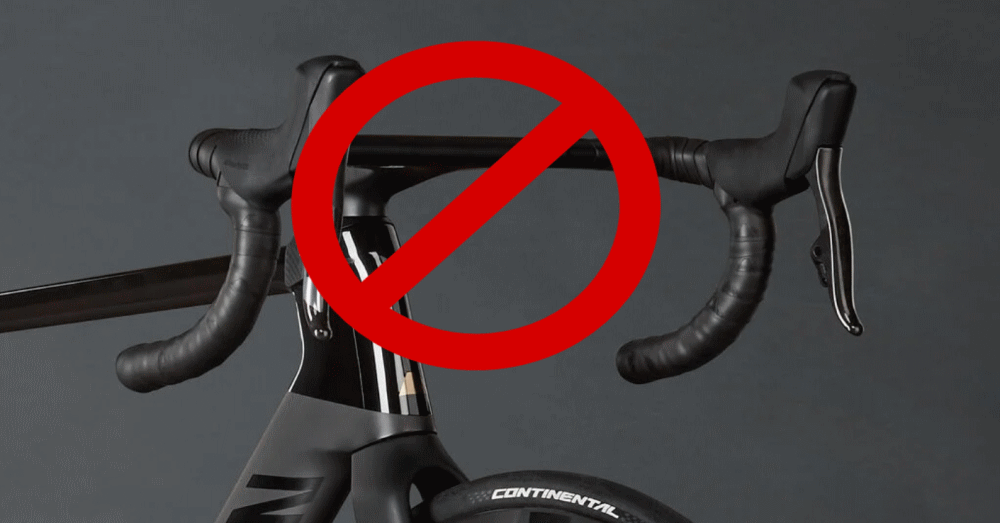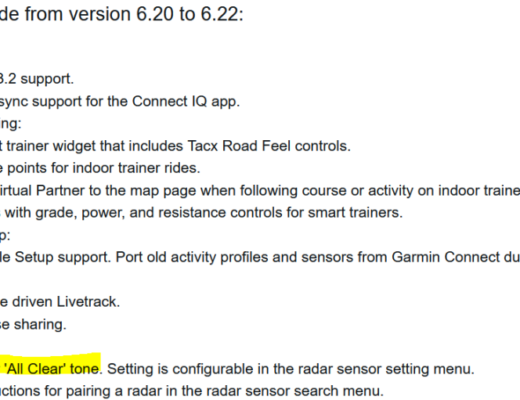I’ve railed against fully integrated cockpits pretty much every chance I get. Even the two piece jobbies, like the Specialized SL7, or not-quite-internal-but-very-clever Trek Emonda, are unnecessarily complicated on a lot of levels. And it’s not just for the initial fit, when you want to work on the bike, or when you want your bike steerer to stay in one piece. Most bike bag/boxes require that you take off the cockpit. How do you do that when you want to travel with the bike?
That’s not to say that there aren’t some negligible benefits to the design. Most people would argue that it looks better (I am not one of those people, but hey, there’s room for a diversity of opinion there), but the main publicly stated plus is that they are more aerodynamic*. Which is probably true; as long as you ignore the rider (the thing that has the largest amount of drag). Most bike OEMs assume that tall = wide, which is definitely not the case here. My road bike has 38mm bars, and a 130mm stem. The watts I save by being narrow and flat far outweigh whatever I’m losing by letting a few “unsightly” hoses hang out. But even if it doesn’t (let’s pretend for a moment), those “unsightly” hoses hanging out are what makes it easy to service the headset and put the bike in my Pakgo X. So it’s a trade-off I’m more than happy to make.
* I suspect that the main actual driver for cockpit integration is OEM lock-in. Most of these systems are proprietary, so even if you can buy the right width/length replacement cockpit for the bike, you will spend those hundreds of dollars with the OEM. Bumping up the actual cost of the bike, and ending up with a second cockpit that you need to figure out what to do with. Also, given that they are a massive PITA to work on, most people are going to let the shop work on it even if they have the skills.



